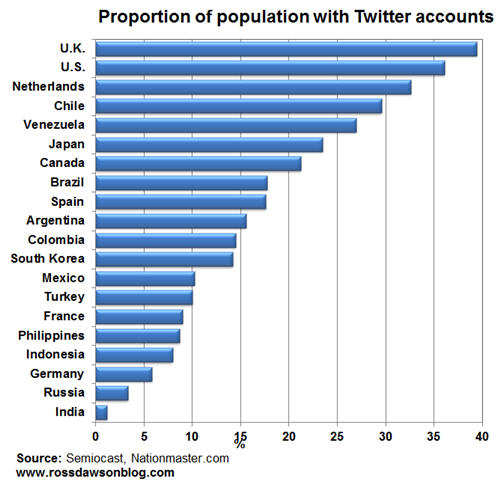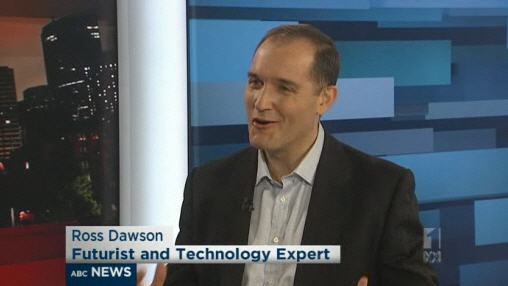Themes of the day: Consumerization of IT, Crowdsourcing for small business, Crowdsourcing in PR
These are frantically busy days, which is squeezing my ability to blog and capture some of the fascinating stuff flying by. In coming months I think I’ll try to do more ‘mini-blogging’, just capturing quick thoughts and impressions rather than writing up every interesting speaking engagement or media appearance I do.
Yesterday I gave three presentations, and I’d love to write (at least) a full blog post about what we covered for each one. However that’s not possible, so I’ll just share quick thoughts about each topic and what I will try to write more about later.
The day started by giving the keynote at a Consumerization of IT event run by CIO Magazine, supported by HP and Microsoft.
Read more →


